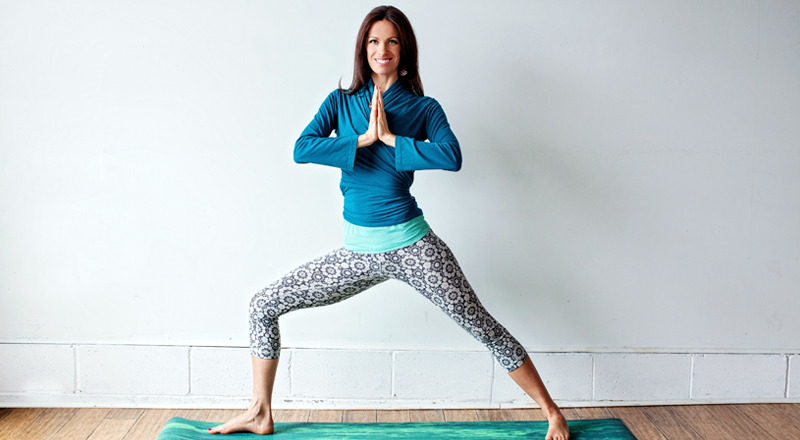Simplicity Saturday – Take Control of Your Internal Thermostat

Although slight natural variations in our internal body temperature throughout the day are normal, our temperature should remain within the range of 98–102◦F (36.5-37.5 ). Temperature is lowest between 2 and 4 am, which may be another part of the adrenal puzzle and connection to so many women waking at these times, unable to fall back asleep easily, and typically increases slightly as the day goes on. Peak temperature is reached between 6 and 10 p.m.
We expend energy – or calories – preserving our internal core temperature which remains within a relatively narrow range for life. In fact, we burn more calories attempting to warm our body than we do trying to cool it down. Metabolism increases when we feel cold. Thyroid hormone is the main hormone involved in the task of heat production. Increased heat generation is achieved by revving up our metabolic processes that cause energy to be released in the form of heat. Our skeletal muscles, liver, intestinal organs and brain are our biggest heat generators. Because of their weight, our muscles are able to produce a very large amount of heat very quickly, especially during physical activity. When your body heats up in this way, your metabolism also gets a boost. Body temperature changes are more intensive when we are younger and our metabolism generally decreases as we age (because we lose our heat generating
muscle and experience hormonal decline).
How can you use temperature to your hormonal advantage?
- Keep your house slightly cool in the winter and a little on the warmer side in the summer. These adjustments will increase the number of calories your body burns daily
just to maintain its constant thermostat set point. They can also help stimulate thyroid hormone, so be sure your environment is not cold enough to boost your appetite. - During hotter months, avoid cranking up the air conditioning at night, so your body has to work just a bit harder to remain cool while you sleep.
- When our temperature increases, our appetite usually decreases. That said, activities that boost your body temp can be a nifty way to beat a craving. So instead of reaching for a fattening snack, have a hot shower, sit in the sunshine or do a quick set of pushups to get your heat generators pumping.
- Supplements of chromium, B vitamins and 5 HTP can support the production of serotonin, which influences our body temperature, manages our mood and controls our cravings for carbohydrates or sweets.
- Finally, exercise in a room set at a comfortable temperature, around 68-75 F (20–24 C). A workout environment that is too cold will interfere with your hormonal balance and could potentially reduce the fat-burning effects of your exercise sessions.
Disclaimer: The information contained is intended to be used for general health care information purposes only, and should not be considered complete or used in place of a visit, call, consultation or advice from a physician and/or healthcare provider. Individuals are encouraged to contact their own private physician or healthcare provider regarding continuation or changes in their symptoms.
